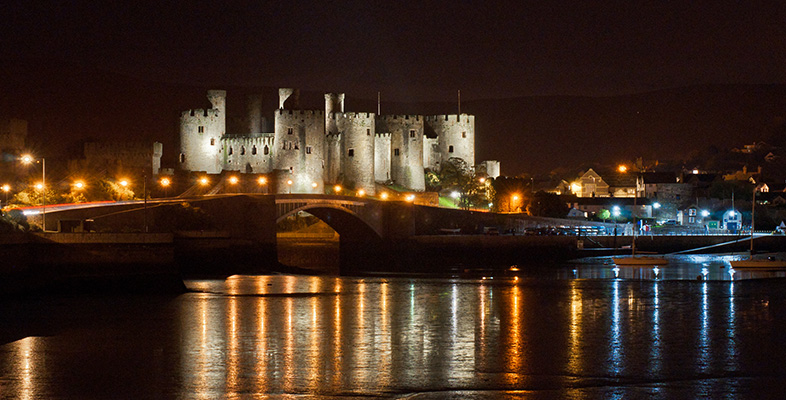1.1.1 Place
In the industrial era, communities in Wales grew up with and around their chapels, the union, the pit or quarry and, especially in south Wales, the rugby club. These institutions allowed forms of collective participation through which communities and even some sort of civic identity or citizenship have been constructed. And through local rugby clubs, players and supporters continue to express their commitment, loyalty and pride to their town or locality. This commitment to locality remains powerful. It involves processes of exclusion (defining those who are outsiders) as well as inclusion – as Gavin Henson illustrates:
People in Swansea view Llanelli folk as foreigners, even though they’re only 15 miles away. It was certainly like that when I was at Swansea. Neath people were considered almost normal, but people from Llanelli were weird. They spoke funny and had a different outlook. As a Swansea player there was a rivalry with Neath. With Llanelli it was more of a hatred.
A commitment to locality, in rugby as generally in Wales remains very strong. The biography of Shane Williams (who made his international debut in 1999), for example, makes frequent reference to his strong attachment to the Aman Valley (Williams and Parfitt, 2008). Such feeling of belonging is a process of imagination.
Considering the differences in Wales, imagining the nation is not straightforward, especially given the differences between north and south. In north Wales there has been less engagement with rugby; soccer is more prevalent. Like so many things in Wales – the population distribution, economic activity and the location of national organisations and institutions – rugby is more concentrated in the south. Nonetheless, there have been a few key players from north Wales in the national squad, notably Dewi Bebb from Bangor in the 1960s and more recently Robin McBryde and Eifion Lewis-Roberts. The north–south divide was exacerbated with the move to the regional structure in Welsh rugby in 2003, since all of the regions are in south Wales. Yet there are an estimated 700 debenture holders in north Wales, the Welsh Rugby Union (WRU) distributes nearly 3,000 tickets to clubs in north Wales and, of course, many travel down with tickets that have been sold privately or as part of hospitality or sponsorship packages (personal communication, WRU, 16 October 2009). So, despite the constraints of geography and the different histories of north and south Wales, there is a significant level of support in the north for the national team, albeit less than in the south.
The shift to professionalism in 1995 and to the regional structure in 2003 has meant that players are increasingly dislocated from traditional notions of a place to which they belong – they are contracted by any club, regardless of birthplace or residence. Subsequently there has been a clear increase in the number of non-Welsh players and coaches in Wales. Though the game has strong continuities with its historical roots, rugby clubs and players no longer represent communities in the way that they used to. Interestingly, while reducing local identification, the move to regionalism has coincided with enhanced rugby supporters’ identification with the national team (Roderique-Davies et al., 2008).
Regionalism and professionalisation arrived at around the time as the other great change in Welsh rugby in recent years: the opening of the Millennium Stadium. This structure in Cardiff city centre, with its dome and massive legs, 74,500 seats and an opening roof, is visible from all of the arterial roads into the city. It quickly became a symbolic, indeed iconic, image of not just the city but the nation, displacing images of castles, sheep, landscapes and beaches as the dominant iconography of Wales (Pritchard and Morgan, 2003). Holding the FA Cup final at the Millennium Stadium for the six years when Wembley was being rebuilt (2001–06) added to the visibility of the city and nation, as does its use for pop concerts and similar events – contributing significantly to perceptions of Cardiff as a modern, cosmopolitan and capital city. The new stadium connects Wales more closely with England and with global culture. It not only makes Wales more visible, but also provides a different (and new) representation of the country.
The capital city plays a particularly prominent role in defining the national culture, so perceptions of Cardiff as the core of Wales marginalise alternative understandings of Wales. Although not far away, in cultural and economic terms Cardiff seems a world apart from some Valleys communities, let alone more distant places in Wales.
